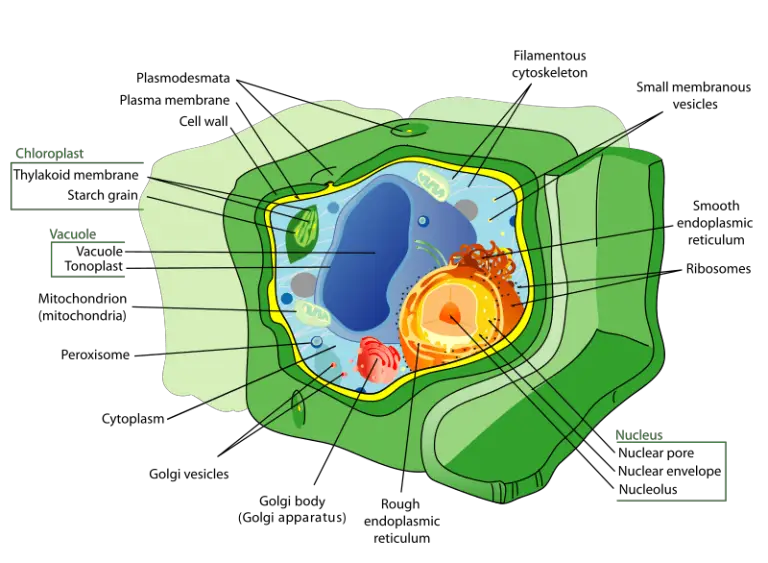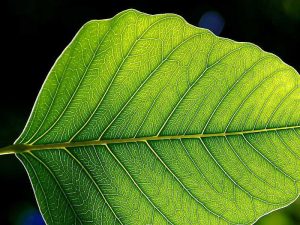
WHAT ARE PLANTS ?
Plants are found all over the world, in many different areas, such as fields, forests, mountains, in the hottest of desserts, and they even live in the oceans.
You can find them in the coldest part of the planet to the hottest tropical rainforests of South America.
There are thousands and thousands of different species of plants to be found all over our planet, and each species has learnt how to adapt to the surroundings in which it lives.
Wherever plants grow, they make the best use of the light, soil and water that is there. This place is called its habitat.
Each and every single plant, no matter its shape or size, are made up of different parts, each of which performs a particular task in the plants life.
The basic parts of most land plants are roots, stems, leaves, and flowers.
DIFFERENT PARTS OF A PLANT !!!
ROOTS –
Roots has two main tasks. Firstly, as most plants grow in the soil, the roots feed the plant by sucking up water and mineral from the soil, and secondly, the roots hold the plant securely in the ground.
STEMS –
The stem grows from the roots and holds up the plant above the ground. It also holds the flower, leaves, and fruit, while carrying the water and minerals to them from the roots.
LEAVES –

The leaves are basically a food making machine.
They generate food, which the plant uses as energy for living and growing. The leaves take energy from the Sun and convert it into food, in a process called photosynthesis, thanks to a chemical in the leaves called chlorophyll..
FLOWERS –
The flower contains female eggs, called ovules, and male sperm found in tiny grains of pollen. When these combine, they produce a seed, which will produce the next generation of the plant.
These are surrounded by brightly sweet smelling colored petals. These petals attract flying insects, which will carry the flowers pollen to other flowers, in a process called pollination.
INGREDIENTS FOR A PLANT TO GROW !!!
(1) WATER :
Without water, there would be no life. All plants need a sufficient amount of water, or it will die.
(2) SOIL :
Soil need to be rich in nutrients for a plant’s healthy growth. Nowadays, fertilizers is used if the soil is not rich enough.
(3) AIR :
Plants need clean air for a healthy growth. If the air is polluted with harmful gases, it badly effects the growth of the plant.
(4) LIGHT :
Plants need good exposure to sunlight for making food in a process called photosynthesis. If they don’t, they may grow tall and thin in search of light.
(5) TEMPERATURE :
This is important for the individual plant, as some prefer hot, while some prefer cold temperatures.
(6) SPACE :
This is required for the roots growth and the supply of fresh air. If plants grow near to each other, the branches and leaves will become overladen.
WHAT IS ?
PHOTOSYNTHESIS :
This is a chemical reaction that takes place inside a plant, which develops food for a plant to survive.
A chemical in the leaves called chlorophyll absorbs the energy from sunlight. It then uses this energy to turn the carbon dioxide and water into sugar.
This process is also essential for human life, as the plants converts this carbon dioxide we exhale into oxygen, that we need to breathe.
POLLINATION :
Pollination is an essential part in the life cycle of plants, in order for new seeds to be created.
Pollination is when pollen grains from the male part of a flower, called the anther, is transferred to the female part of a flower, known as the stigma, by insects, birds, bats and the wind, in order for the plant to make seeds, and produce the next generation of the plant.
CHLOROPHYLL :
Chlorophyll is a green pigment that gives most plants their color.
As sunlight contains all the colors of a rainbow, chlorophyll absorbs all the colors except green, which it reflects out.
Plants use this chlorophyll to trap energy from the Sun, and without this energy, plants would be unable to begin the process of photosynthesis.
INTERESTING FACTS ON PLANTS !!!
Plants have been on planet Earth for over 400 million years.
There are around 250,000 identified plant species and the list is growing all the time.
Around 2,000 different types of plants are used by humans to make food.
Plants come in all different shapes and sizes.
Like people, plants are made of different parts, each of which performs a particular task in the plants life.
All plants need sunlight, air, and water to survive.
All plants drink water by sucking it up with their roots.
Roots grow down to find water.
All plants, like all living things need air to survive. Plants breathe in the air all the time, and without it, they would die. They do this by absorbing the carbon dioxide from the air.
Plants give out the oxygen that we all need to survive.
All plants are crucial to all life on Earth.
Most plants grow towards the Sun, because they need sunlight to make food. They also need water and air to make their sugary food. This process only happens during daytime when there is light.
Some plants are carnivores, gaining nutrients by eating various small insects and spiders. The Venus Flytrap is a well known example.
Bamboo is a fast growing plant, with some types growing almost a meter (3.28 feet) in just one day.
Fertilizers and manure (animal waste) are sometimes added to plants to help them grow, especially where the weather conditions are not to good.
Plant matter, found at the bottom of areas with water, such as swamps, can eventually turn in to coal, due to a process called metamorphosis ( changing form).
When you cut an onion, a gas is released that irritates your eyes. The tears you produce while this happens are your body’s way of washing it from your eyes.
Onions are grown for its edible bulb.
Vegetables are parts of plants that are grown by humans for food.
Poison ivy produces a skin irritant called “urushiol.” Touching this poison ivy will cause an allergic reaction, usually in the form of an itchy rash on the skin.





